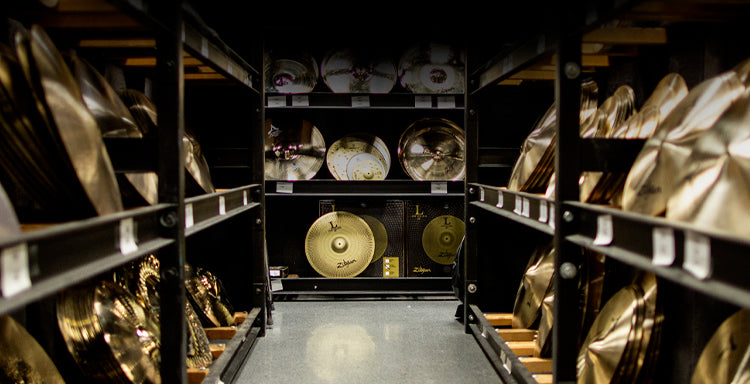ZILDJIAN CYMBAL FINDER
Free Ground Shipping on Orders $50+ in US


Cymbals come in all kinds of different shapes, sizes, and materials. From bright and shimmery rides to one-of-a-kind crashes, splashes, and hi hats. Learn what each cymbal type accomplishes and how different features affect your sound.
Sift through the catalog with our filters to find that perfect cymbal.
Cymbals come in all kinds of different shapes, sizes, and materials. From bright and shimmery rides to one-of-a-kind crashes, splashes, and hi hats....
Cymbals come in all kinds of different shapes, sizes, and materials. From bright and shimmery rides to one-of-a-kind crashes, splashes, and hi hats. Learn what each cymbal type accomplishes and how different features affect your sound.
Sift through the catalog with our filters to find that perfect cymbal.
placeholder